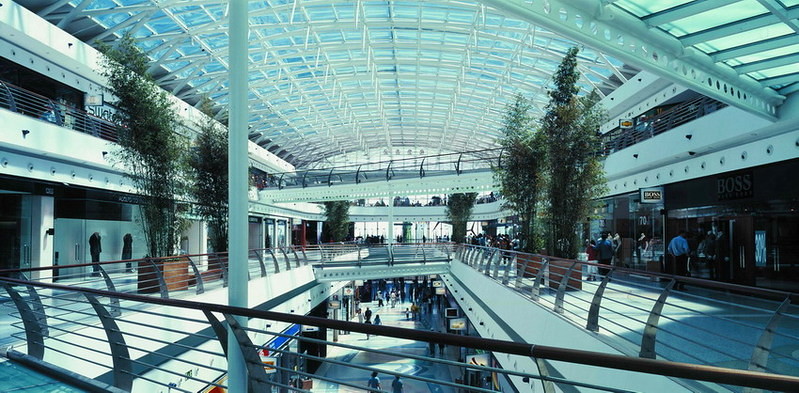Dangers of Molds in Public Buildings
Molds in a public setting. (Photo Credits)
Molds can be very intrusive. It does not choose which structure to plague. It does not consider foot traffic in a building. As long as there is moisture and dampness, it sure will grow. So regardless if it is an office space, a school building, or a manufacturing plant, when there is moisture or unaddressed water damage molds will surely be present.
The Environment and Health Service (EHS) Today website has shed light on the term “Sick-Building Syndrome,” which is a commonly used term for buildings infested with molds. Along with this came their advice for building managers and business owners on how to prevent such occurrence and avoid liability.
“Due to increased public awareness, almost mounting to hysteria, the number of legal claims is sure to mount. Workers who believe they are being exposed to mold may not want to work, their productivity may decline and they may file worker’s compensation and disability claims. As an employer and/or a building owner, what can you do to try to limit your legal liability? Look for Signs of Mold — With all of this attention, you may think that mold infestation is something new or uncommon. It is not. Mold is present in all buildings in some form and quantity. However, certain species of mold spores, in large enough concentrations, can be toxic. Although the health problems of mold exposure are in debate, there is literature tying some health effects to mold exposure. People with immune-compromised systems may experience permanent health effects.”
Check out the rest of the article here.
Sick Buildings
The National Center for Biotechnology Information, has also published a study on sick buildings, and one of those examined in the study were public school buildings.
“The majority of indoor studies of mold have focused on the home environment or on “sick buildings” (e.g., the work environment). Few have provided detailed assessments of school or classroom exposures; however, the school/classroom environment potentially plays an important role in mold exposure, since children spend a large portion of their day in school. We measured the concentrations of airborne molds during two seasons inside 12 inner city elementary schools in the Northeast United States. The objective of this study was to examine the diversity, concentrations and presence of molds in these schools; to describe the differences between schools and classrooms; and to evaluate seasonal trends and predictors of total mold levels.”
The whole study can be printed from here.
Molds and Public Schools
CNN has published an article on how some public school’s indoor air quality have been affected by molds and other air pollutants. The article focused on the experience of a family whose son’s health has been adversely affected by a mold problem in his school. Check over here http://24hr.sandiegowaterdamagepro.com/
“Figures are hard to come by, but studies have estimated that a third or more of U.S. schools have mold, dust and other indoor air problems serious enough to provoke respiratory issues like asthma in students and teachers. A national survey of school nurses found that 40% knew children and staff adversely affected by indoor pollutants. Indoor air affects more than health. A growing body of research suggests students also perform better in schools with healthier air.”
The feature article can be found here.
If molds is suspected in a public or commercial structure, it is best for building managers to seek the professional services of licensed mold restoration contractors.
The post Molds in Public and Industrial Setting appeared first on 24HR San Diego Water Damage Pro.

No comments:
Post a Comment